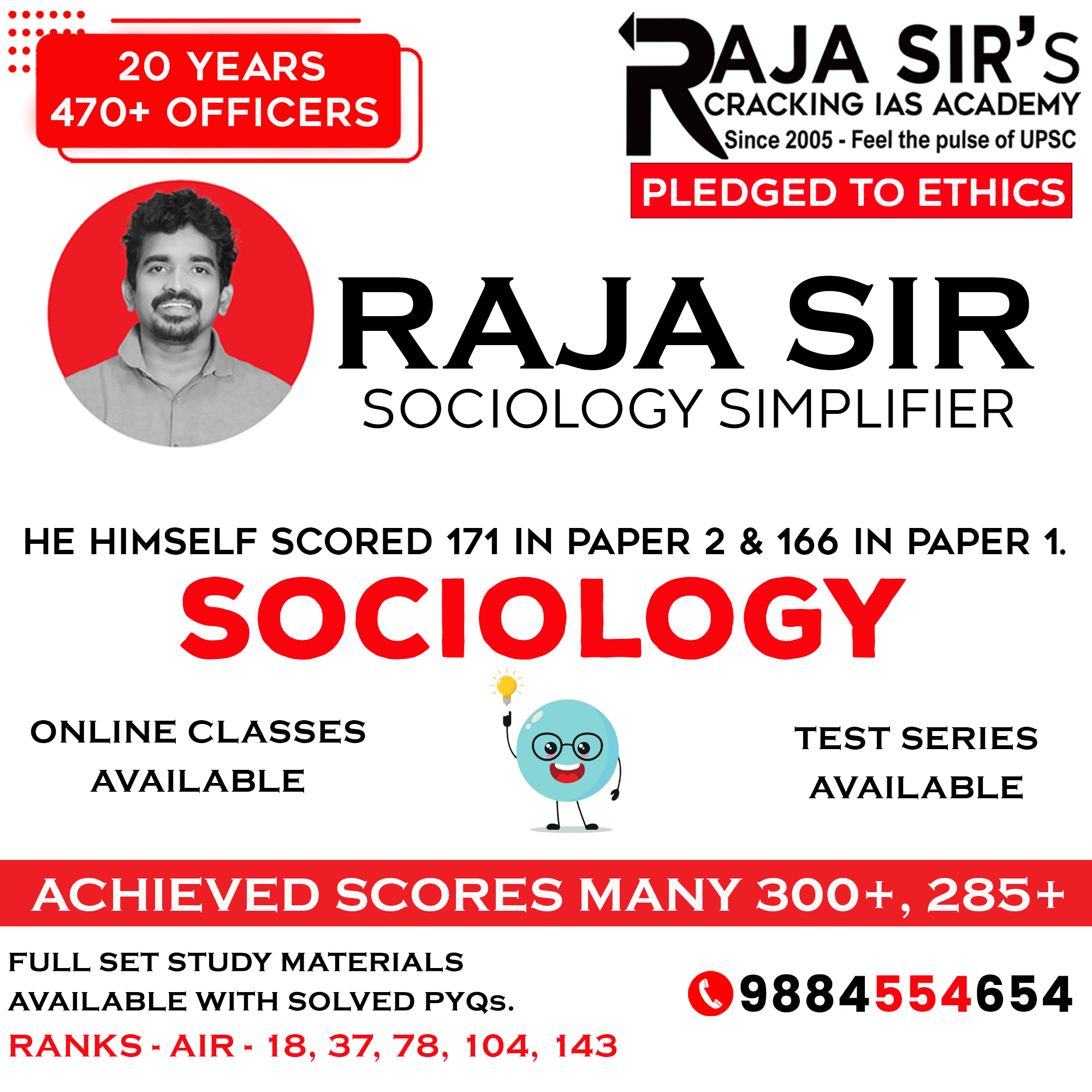- Home
- Prelims
- Mains
- Current Affairs
- Study Materials
- Test Series
Analyse the trilogy between environmental movement, development and tribal identity. 20 Marks. (UPSC CSE Mains 2024 - Sociology, Paper 2)
The interplay of environmental movements, development, and tribal identity reflects the tensions between economic progress, ecological conservation, and the preservation of indigenous ways of life.
Economic Growth vs. Tribal Identity
- Development projects such as dams, mines, and industries often require land acquisition in tribal areas, leading to displacement and loss of livelihoods.
- This disrupts tribal social fabric, eroding their cultural practices and traditional knowledge systems.
- Marginalization:
- Development agendas frequently overlook tribal rights, exacerbating socio-economic inequalities.
- The Dependency Theory critiques this approach, emphasizing how mainstream development perpetuates marginalization by privileging industrialization over sustainable practices.
Role of Environmental Movements
Environmental movements in India have often intersected with tribal struggles, aiming to resist exploitative development and protect ecological systems.
- Chipko Movement (1970s): Originating in Uttarakhand, it sought to protect forests from commercial exploitation, highlighting the dependency of local communities on forest resources.
- Narmada Bachao Andolan: Protested against large dams on the Narmada River, advocating for displaced tribal and rural populations while questioning the developmental model.
Environmental Justice
- These movements embody the concept of environmental justice, ensuring equitable access to natural resources and fair treatment of marginalized groups.
- Ramachandra Guha observed that environmentalism in the Global South often merges ecological concerns with social justice, differing from the conservation-focused movements of the West.
GET OUR FULL SET STUDY MATERIALS FOR SOCIOLOGY Optional Paper @ https://crackingiasbooks.com/product/sociology-full-set-4-volumes/
Reinforcement of Tribal Identity
Defense of Ancestral Lands
- Tribals actively participating in these movements assert their rights to ancestral lands and sustainable livelihoods, reinforcing their identity.
- For instance, the Dongria Kondh tribe in Odisha resisted mining in the Niyamgiri Hills, protecting both their sacred sites and their way of life.
Cultural Preservation
- Environmental resistance strengthens tribal identity by emphasizing traditional practices aligned with ecological conservation.
- This opposition often challenges the state’s top-down development model, urging a reevaluation of what constitutes inclusive and sustainable development.
Lessons and Policy Implications
- The intersection of environmental movements, development, and tribal identity highlights the need for participatory approaches to policymaking.
- Inclusive Development: Policymakers must balance economic growth with respect for tribal rights and environmental sustainability.
- Rethinking Development Models: Adopting alternative frameworks like Amartya Sen’s capability approach or Gandhian self-reliance principles can ensure that development is both inclusive and ecologically sound.
For sustainable and equitable development, it is imperative to harmonize economic goals with the ecological wisdom and cultural heritage of tribal communities, ensuring that all stakeholders benefit equitably.










 Latest News
Latest News
 General Studies
General Studies